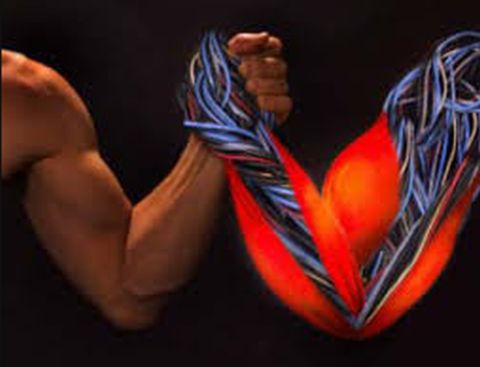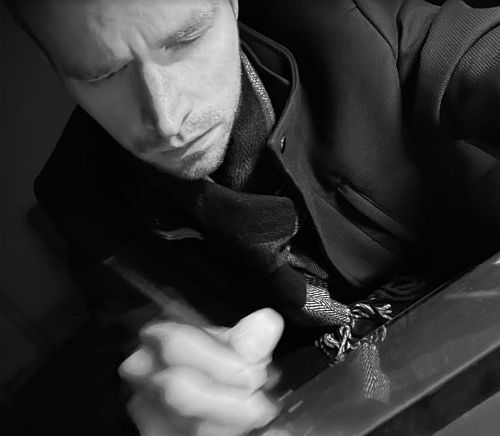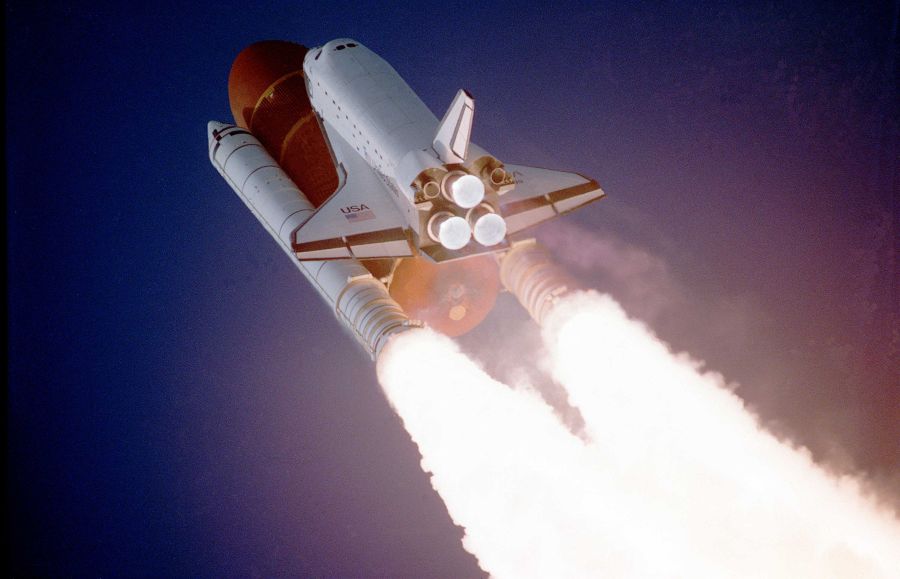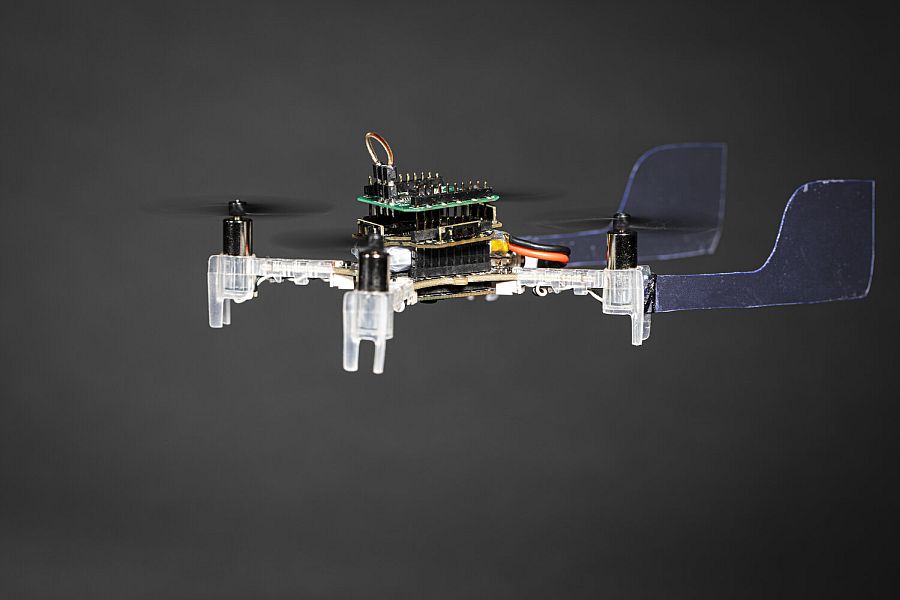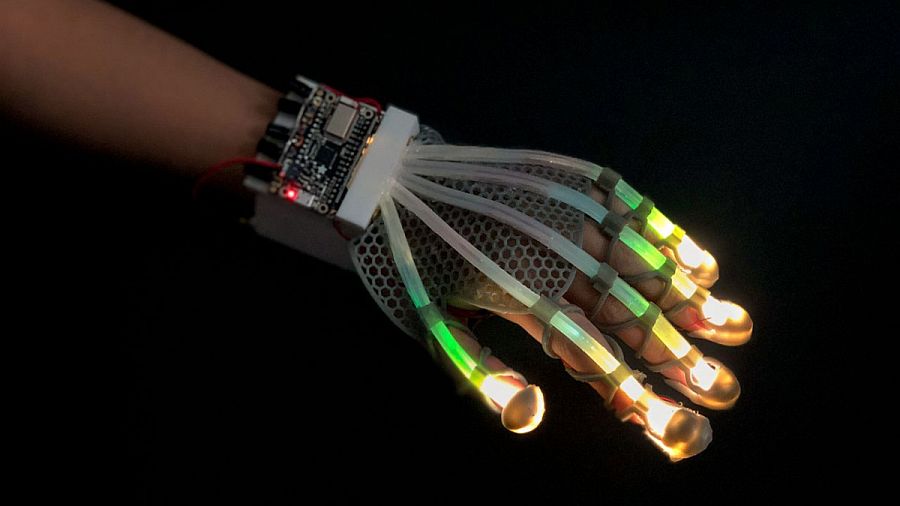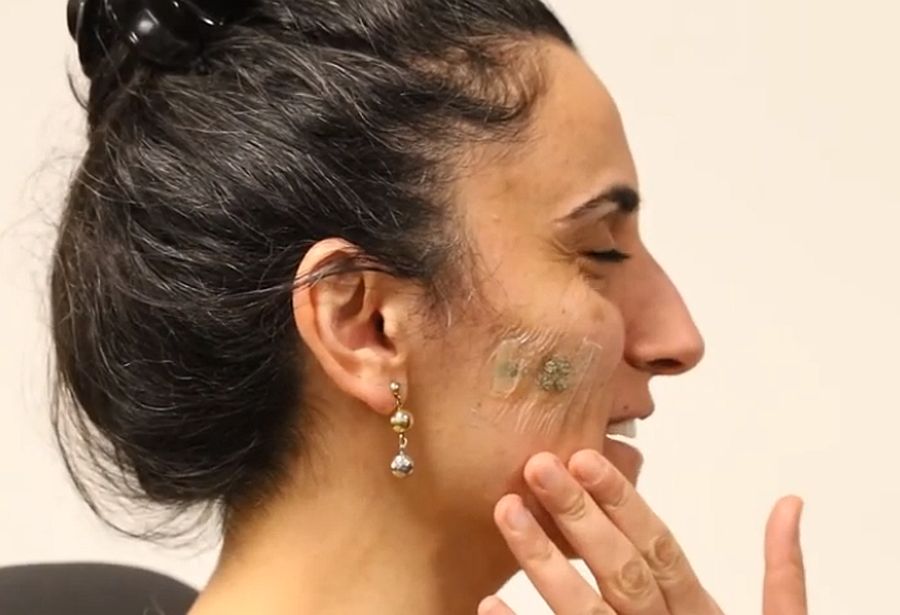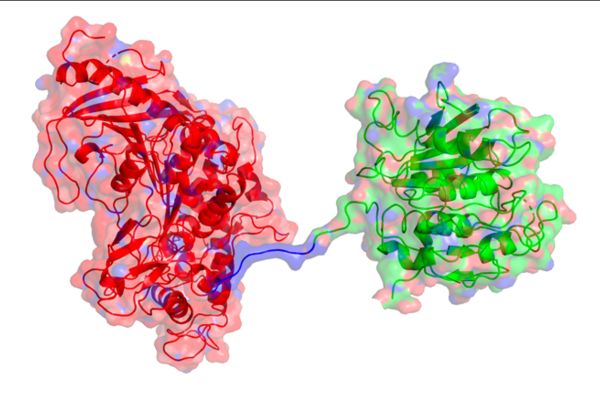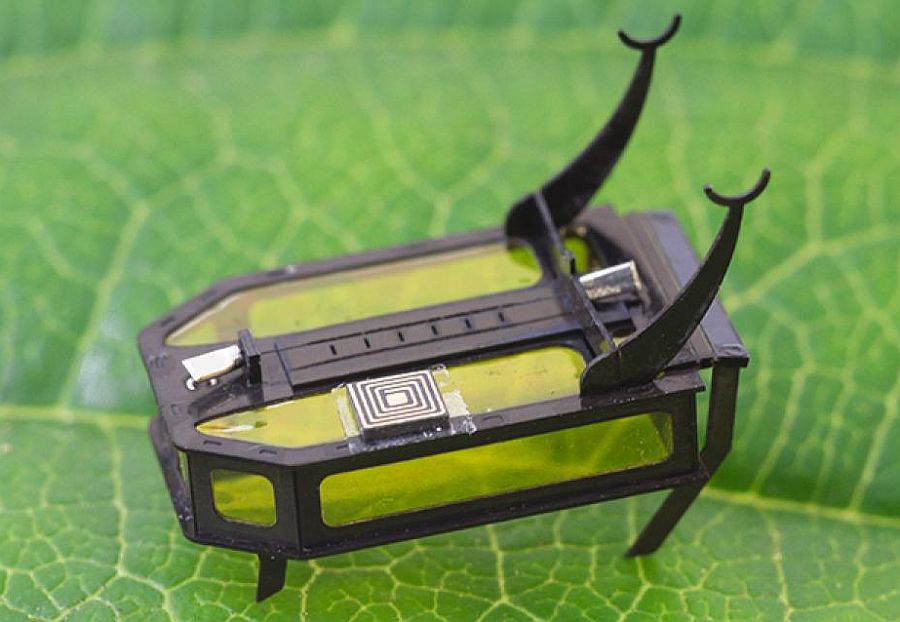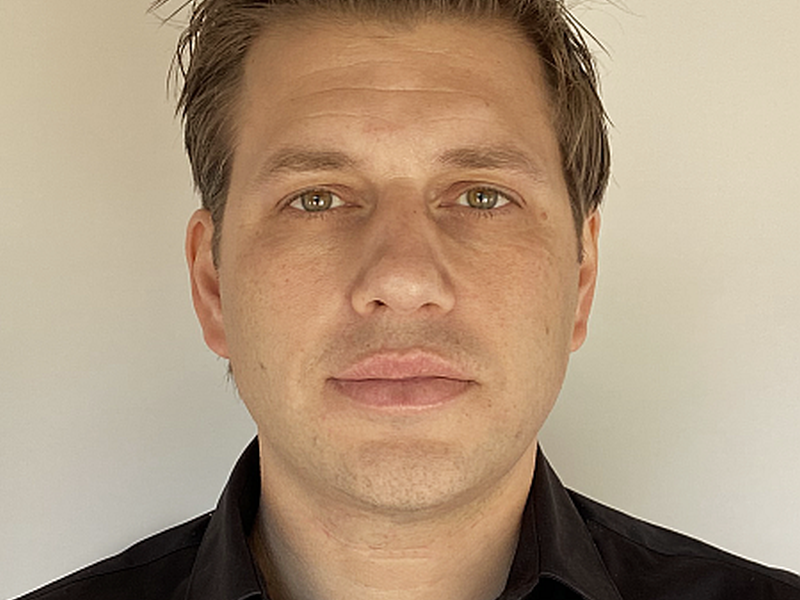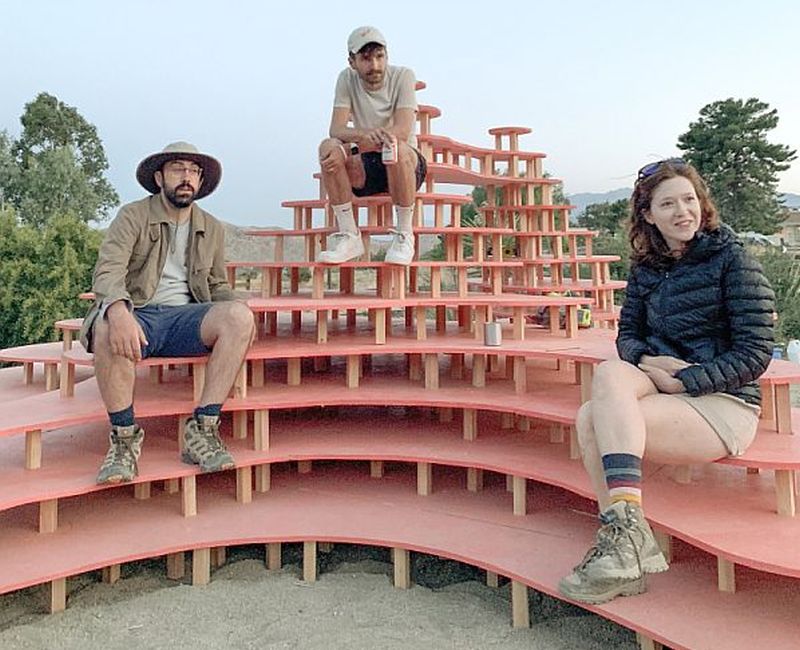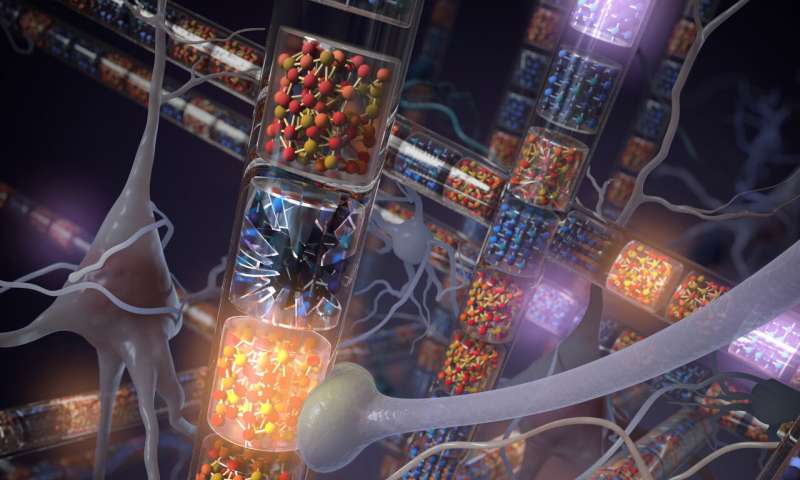An Italian team of researchers lead by Prof. Marco Fontana, in collaboration with the departments of Industrial Engineering of the Universities of Trento and Bologna, have created an Electrostatic Bellow Muscle (EBM) to fabricate efficient small-scale robots. The innovative robotic muscle has potential of powering itself for a long period of time beyond its preliminary charge.
Read MoreTag: innovation
Interview: Rashid Tagirov, Designer at Peugeot, Paris
Meet Rashid Tagirov, Exterior Designer at Peugeot, Paris. Rash is a keen observer. He absorbs surroundings as he feels it helps to create unique symbiosis between style and skills. He’s been soaked up with work, yet he squeezed-in time for an interview. Please scroll down and see what the designer has to say about himself:
Read MoreInterview: Professor Sheng Xu, Nanotech Scientist at University of California San Diego
It’s our honour to have Professor Sheng Xu from University of California San Diego with us today. Dr Xu’s research interests focus on the understanding of the electrical and mechanical behaviors of inorganic materials when they are engineered into a soft format; which can further be morphed into soft electronics, nano electronics and energy harvesting/storage devices. He obtained his B.S. in Chemistry and Molecular Engineering from Peking University in Beijing, China in 2006. While he received his Ph.D. in Materials Science and Engineering in 2010 at Georgia Institute of Technology,…
Read MoreOrigami Inspired Bags for Rocket Fuel: Cryogenic Hydrogen
Storage and pumping fuel to rocket engines are the main challenges for travel beyond Earth and between celestial bodies. Researchers at Washington State University (WSU) have come up with an interesting idea of paper folding technique to bring about the desired architecture.
Read MoreSmellicopter uses Antennae from Anesthetized Moths: Biomimicry
We as humans have a huge legacy of evolution yet we always fall short in front of nature. Nature has its own rate of progression and it never fails.
Read MoreTactile Sensation For Soft Robotics: Stretchable Sensor
Sensors that could stretch will pave way towards new intelligent soft systems. Working on the same line of thought Cornell researchers have combined fiber-optic sensor with no so expensive LEDs (light-emitting diode) and dyes. The outcome is a form of a stretchable “skin” that is able to spot topographical distortions like pressure, bending and strain.
Read MoreWearable Sensor For ALS Patients: Facial Kinematics
People who suffer from amyotrophic lateral sclerosis (ALS) have an extremely tough time as they age. Cure for ALS is not known as of now. And it can last for a lifelong.
Read MorePortable Docking Station For Autonomous Charging: Marine Robotics
Rescue missions under natural disasters or man-made catastrophes are not only threatening for the safety of people but also quiet complex and dangerous for a rescue team. In order to increase the efficiency, robots are used in search and rescue (SAR) missions.
Read MorePETase with MHETase Speed Up The Breakdown Of Plastic: Enzyme Innovation
We live in a plastic era. Ubiquitously, the substance is found in our household and communities across the globe. Not only we have filled up our land but also oceans with plastic. Worldwide waste management market size is expected to reach $484.9 billion by 2025 from $303.6 billion in 2017.
Read MoreElectronics Out Of Bacteria: Microbial Physiology
Bacteria – Geobacter, to be more specific – discovered electricity much before than we did. And the interesting part is – ubiquitous, groundwater and also the under the ocean dwelling bacteria takes-in the organic waste and give-out “electrons”. Yes, a tiny electric current is an end product of their exhaling process.
Read MoreRoBeetle: Autonomous Crawling Bot Driven By Methanol Combustion
Researchers have long envisioned designing tiny intelligent autonomous machines that are capable of exploring dangerous environments or the areas where tiny bots can work with full efficiency.
Read MoreInterview: Luca Floreanini, Founder at LucaFloreanini Design Studio, Italy
Luca Floreanini is an industrial designer from Friuli Venezia Giulia, Italy. Since 1993, he has been collaborating with Italian and European companies in the ideation and development of new products. Glasses, furniture, espresso machines, bottles, hedge trimmers, scanners, shoes, motocross masks, pressure washers, food containers, lamps are some of areas where his mind dives into.
Read MoreInterview: Davide Radaelli, Founder at Davide Radaelli Design Studio, Italy
Davide Radaelli Design Studio, DRDS, in Milano (Italy) is one of the finest names in product design, exhibit and interior architecture, graphic design & communication. Davide Radaelli is the founder of his eponym firm.
Read MoreInterview: Neal, Martin and Kristina, the Ninjas behind i/thee Design Studio, US
This week we have been lucky enough to have the founders behind i/thee Design Studio, US in our interview segment. The design-build studio is run by three best friends – Neal Lucas Hitch, Martin Francis Hitch and Kristina Fisher – with projects around the globe.
Read MoreHyperdimensional Computing System: Inspired from Cerebral Attributes of Neuronal Circuits
Hyperdimensional computing (HDC) is the budding computational paradigm based on cognitive model which distillates to higher dimensionality and randomness.
Read More
